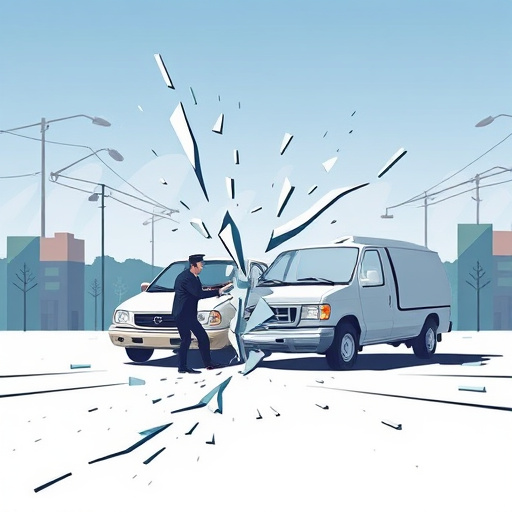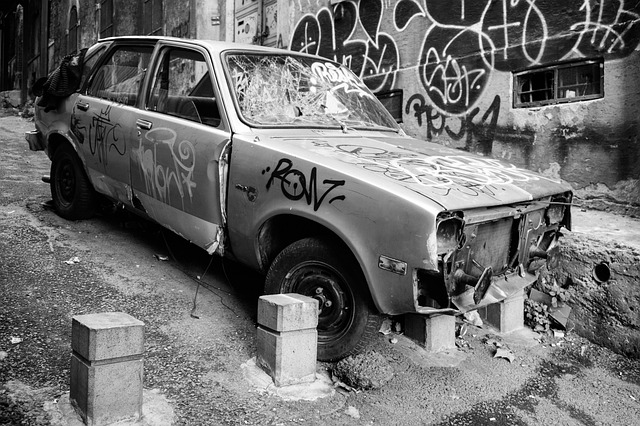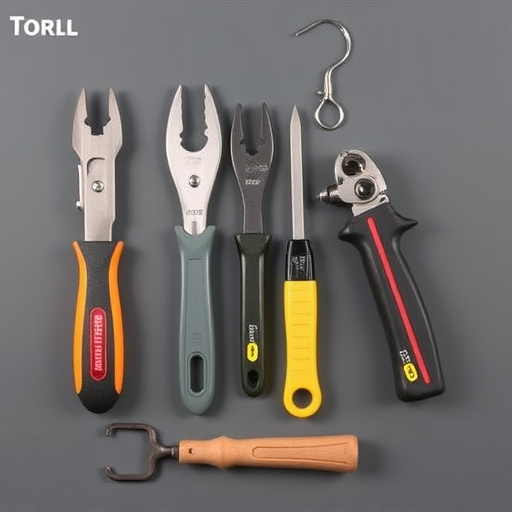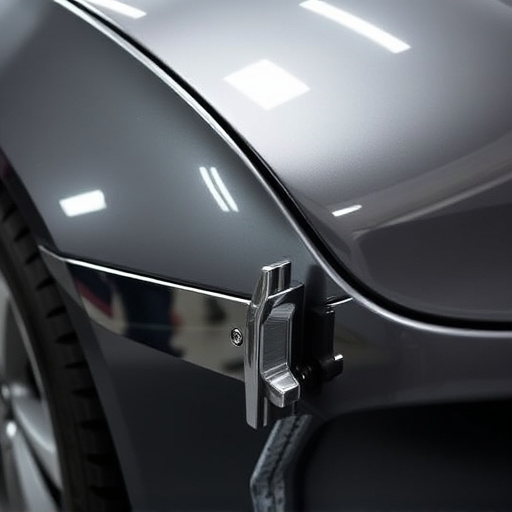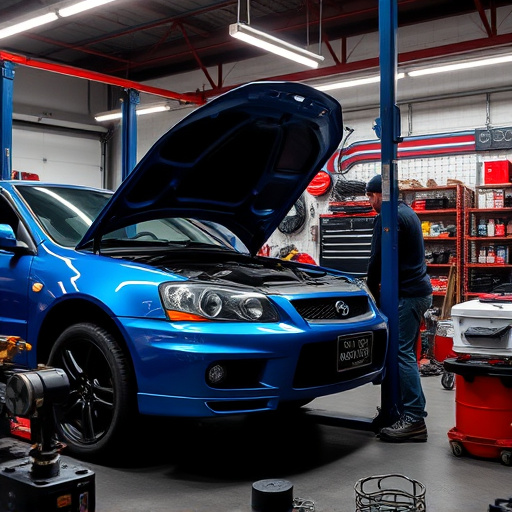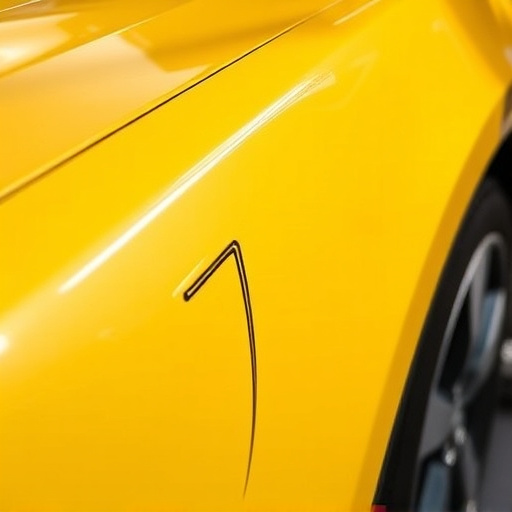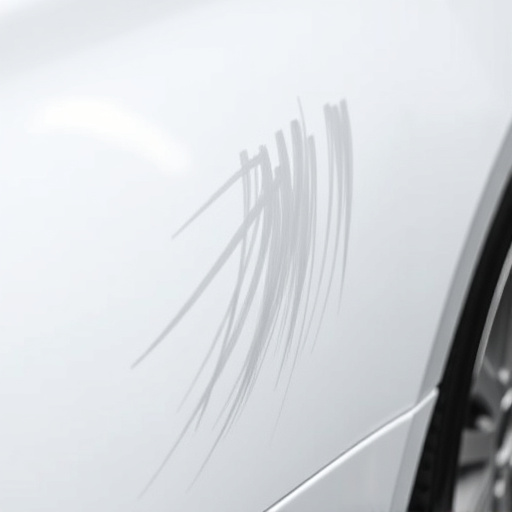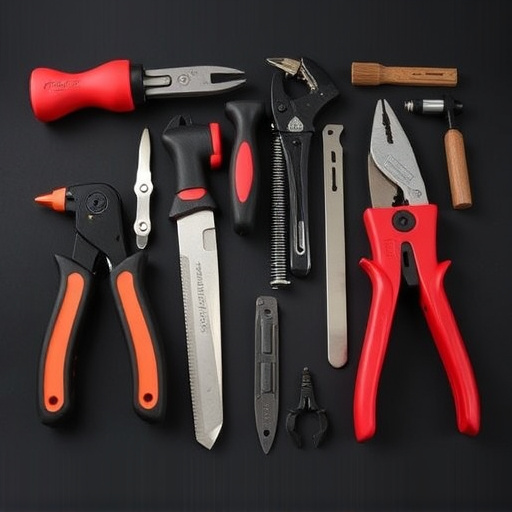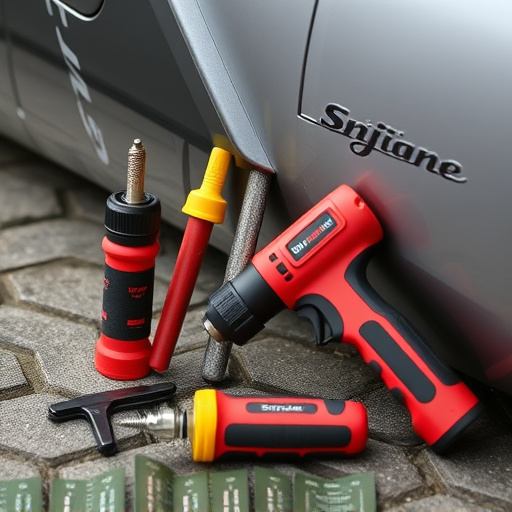Structural integrity restoration is a critical aspect of vehicle maintenance that repairs and reinforces key frame, chassis, and unibody components identified through thorough assessments. This process includes realigning parts, replacing faulty components, and using advanced techniques to strengthen weak areas, often in professional body shops with specialized equipment. Vehicle alignment issues, caused by accidents or wear and tear, manifest as uneven tire wear, steering wheel vibration, and poor handling; addressing these promptly through structural integrity restoration enhances fuel efficiency, extends tire life, and prevents future repairs. Advanced techniques like laser alignment ensure precise correction, transforming damaged vehicles into their pre-accident condition with enhanced performance and safety.
Vehicle alignment and structural integrity are critical aspects of vehicle safety, ensuring your car handles well and protects you in case of a collision. This article explores the intricacies of structural integrity restoration, delving into its foundational role in vehicle safety. We’ll uncover common causes and signs of alignment issues, providing insights on identifying problems early. Additionally, we’ll present effective solutions and techniques to restore structural integrity and align vehicles perfectly, ensuring a safe and smooth ride.
- Understanding Structural Integrity Restoration: The Foundation of Vehicle Safety
- Common Causes and Signs of Vehicle Alignment Issues
- Solutions and Techniques for Restoring Structural Integrity and Aligning Vehicles Perfectly
Understanding Structural Integrity Restoration: The Foundation of Vehicle Safety
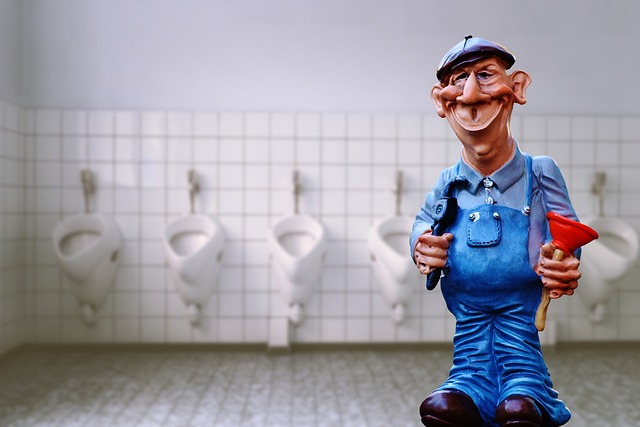
Structural integrity restoration is a critical aspect of vehicle maintenance that focuses on repairing and reinforcing the structural components of a car. This process involves meticulous assessments to identify any weaknesses, cracks, or misalignments in the frame, chassis, and unibody systems. By addressing these issues, it ensures the vehicle’s safety and stability during operation. Modern vehicles are designed with precision engineering, making structural integrity vital for overall performance and passenger protection.
A well-executed structural integrity restoration process involves more than just patching up visible damage. It includes realigning components, replacing faulty parts, and utilizing advanced techniques to strengthen weak spots. This meticulous attention to detail is essential when dealing with complex automotive systems. Many vehicle body shops employ specialized equipment and trained technicians to handle these repairs, ensuring that cars return to their original specifications and roadworthiness standards after completion of the car restoration process. Auto body painting may also be part of the transformation, enhancing both aesthetics and protection against future damage.
Common Causes and Signs of Vehicle Alignment Issues
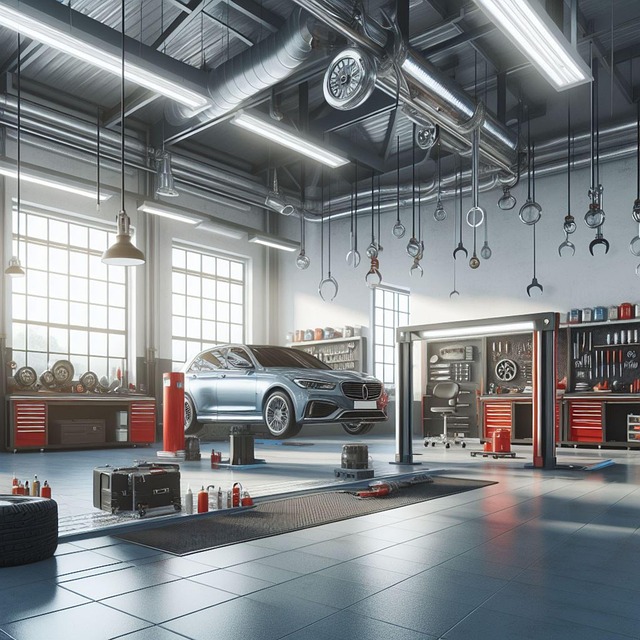
Vehicle alignment issues can arise from a variety of common causes. One of the primary factors is structural integrity damage due to accidents or collisions. When a vehicle experiences a collision, its frame can be bent or twisted, leading to misalignment of wheels and suspension components. Regular wear and tear over time can also contribute, as ball joints, tie rods, and other parts may weaken and become misaligned.
Signs that indicate a problem with your vehicle’s alignment include uneven tire wear patterns, noticeable pulling to one side while driving straight, vibration or shakiness in the steering wheel, and poor handling or stability. If you notice any of these symptoms, it is crucial to seek collision repair services promptly. Skilled technicians can perform structural integrity restoration, ensuring that all components are accurately aligned and your vehicle returns to its optimal performance. Moreover, proper alignment enhances fuel efficiency and extends the life of your tires, preventing costly repairs down the line.
Solutions and Techniques for Restoring Structural Integrity and Aligning Vehicles Perfectly
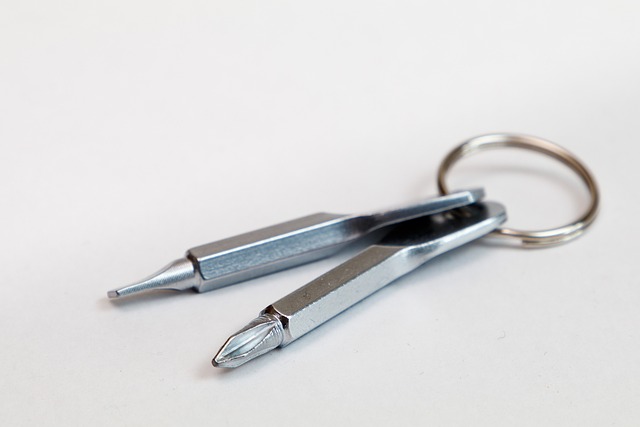
Restoring structural integrity is a critical step in ensuring vehicles return to their pre-accident condition. Advanced techniques such as laser alignment and computer-aided measurements are employed to accurately assess and rectify misalignments. These methods allow for precise adjustments to suspension components, steering systems, and wheel angles, guaranteeing optimal vehicle performance and safety.
Car collision repair professionals utilize specialized tools and expertise to fix damaged structural elements like frames, panels, and fenders. Through meticulous fender repair and careful restoration of car repair services, vehicles not only regain their aesthetic appeal but also their mechanical soundness. This meticulous attention to detail is vital in aligning the vehicle perfectly, ensuring a smooth ride, and preventing future alignment issues.
Vehicle alignment and structural integrity are critical aspects of vehicle safety that should not be overlooked. By understanding the common causes of alignment issues and implementing effective restoration techniques, automotive professionals can ensure vehicles return to their optimal state. Structural integrity restoration is a game-changer in maintaining vehicle safety and performance, making it an essential service for any comprehensive auto care regimen.
